4.3 Edmontosaurus Fossil Toe Bone Lance Creek FM Cretaceous Dinosaur WY COA
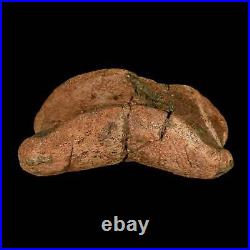
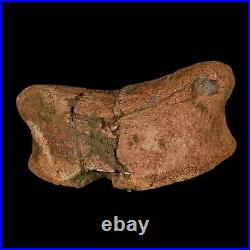


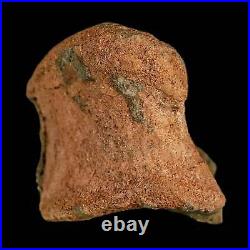
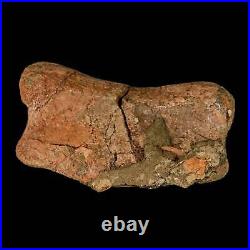
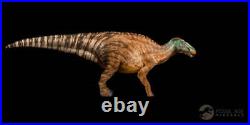
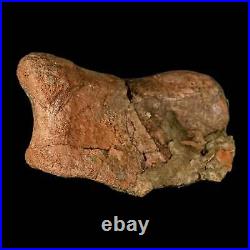
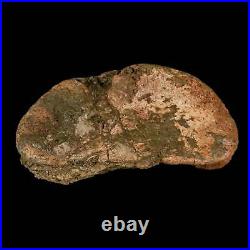
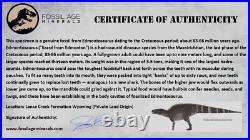

4.3 Edmontosaurus Fossil Toe Bone Lance Creek FM Cretaceous Dinosaur WY COA. Location: Lance Creek Formation Wyoming (Private Land Origin). Dimensions: 4.3 Inches Long, 2.2 Inches Wide, 2.2 Inches Thick. Comes with a Certificate of Authenticity. The item Pictured is the one you will receive.
This is a genuine fossil. ("lizard from Edmonton") is a hadrosaurid dinosaur species from the Maastrichtian, the last phase of the Cretaceous period, 71-65 million years ago.
A fully-grown adult could have been up to nine meters long, and some of the larger species reached thirteen meters. Its weight was in the region of 3.5 tonnes, making it one of the largest hadrosaurids. Could pass the toughest foodstuff back and forth across the teeth with its muscular daring pouches. To fit so many teeth into its mouth, they were packed into tight "banks" of up to sixty rows, and new teeth continually grew to replace lost teeth - analogous to a new shark. The bones of the higher jaw would flex outwards as the lower jaw came up, so the mandible could grind against it. Typical food would have built-in conifer needles, seeds, and twigs, and these have been establishing in the body cavities of fossilized Edmontosaurus. The 1908 discovery in Wyoming was particularly remarkable in that paleontologists actually recovered fossilized imprints of Edmontosaurus' skin. The skin drying very quickly and fixing its shape into the mud must have left the impression. It is from these limitations that we know the skin was scaly and leathery, and the thigh muscle was under the skin of the body.This would have given the feeling that the leg left its body at the knee, and the whole thigh was under the skin. This only contributes to its resemblance to a duck.
It also had a number of tubercles (bumps) on its neck and down its back and tail. Was bipedal but could surely have walked on four legs. The forelimbs are shorter than the hands but not adequately that four-legged motivation was unfeasible. The front feet also had hooves on two fingers, and weight-bearing pads like folks of Camarasaurus. The rear feet had two toes and all were hooked. The bone arrangement in the lower limbs suggests that both the legs and feet were attached to very influential muscles.The spine curved downwards at the shoulders, so Edmontosaurus would have had a low posture and would have browsed close to the ground. Despite the power of the limbs, Edmontosaurus would only have been slow-moving and had few defensive features. To survive, it must have had keen eyesight, hearing, and smell to get an early warning of predators. All payments must be made within 72 hours of placing your order.
At Fossil Age Minerals, customer service and satisfaction are our highest priorities. All return requests are made within 30 Calendar days of receipt of merchandise.
